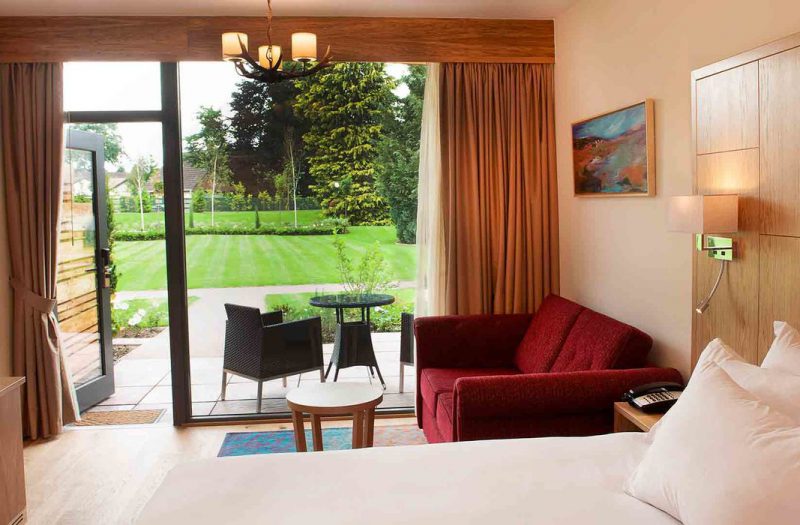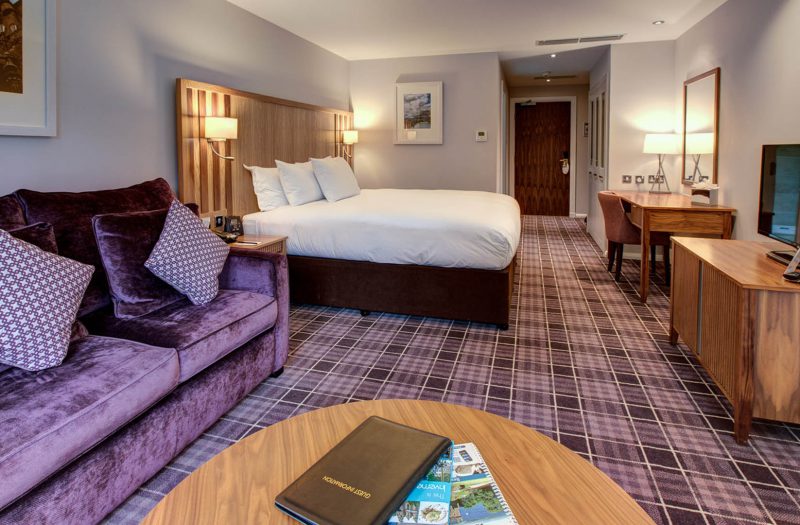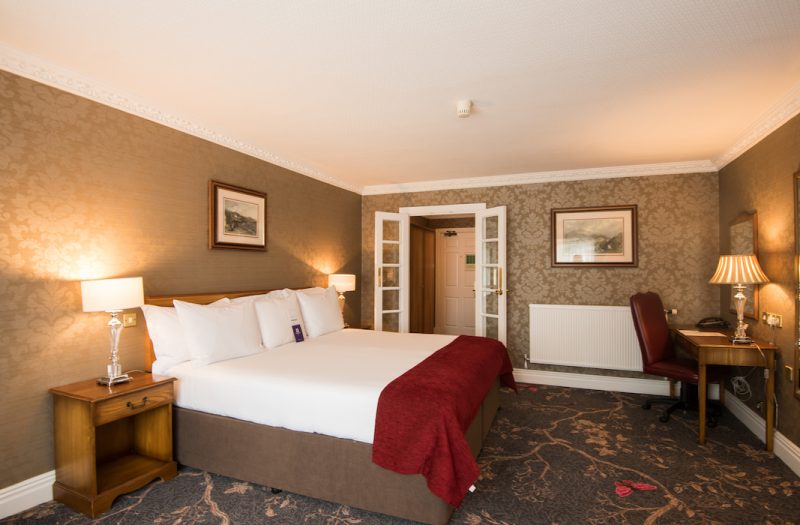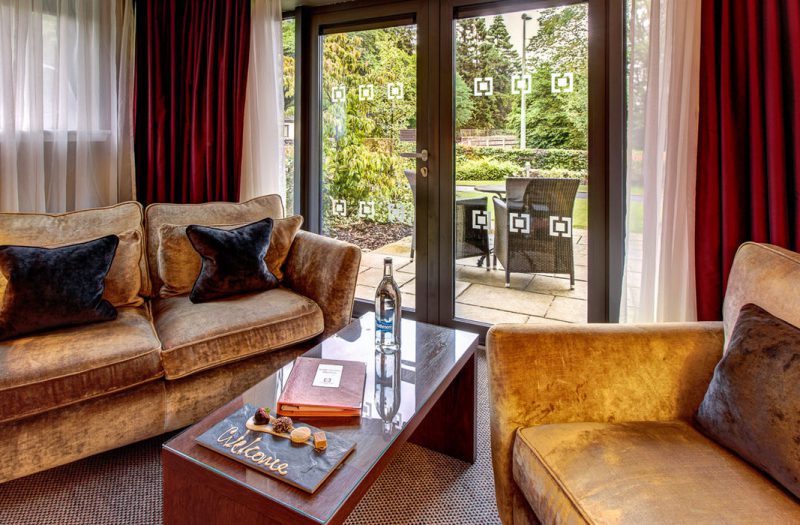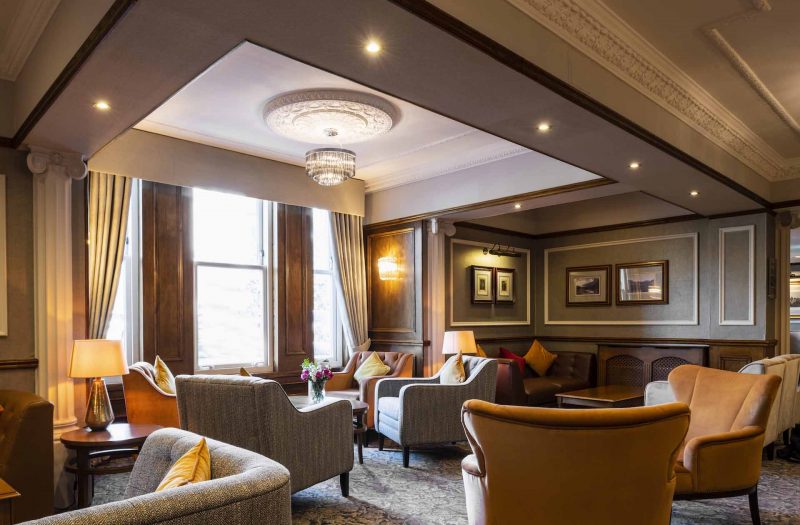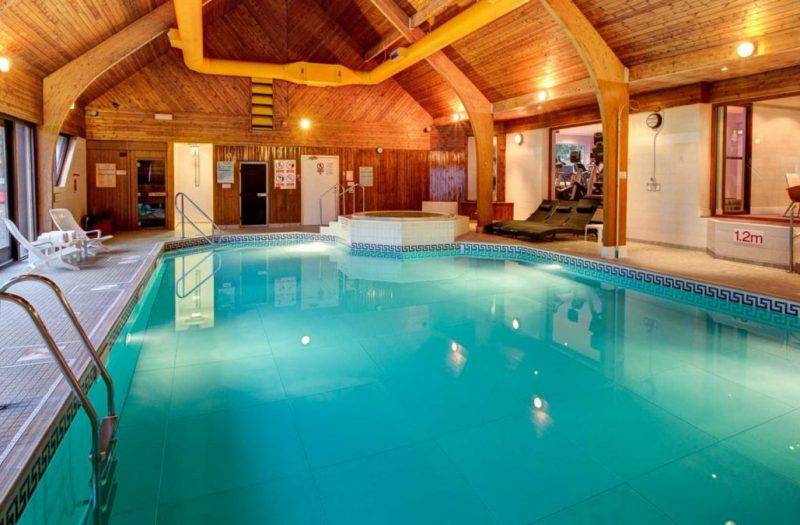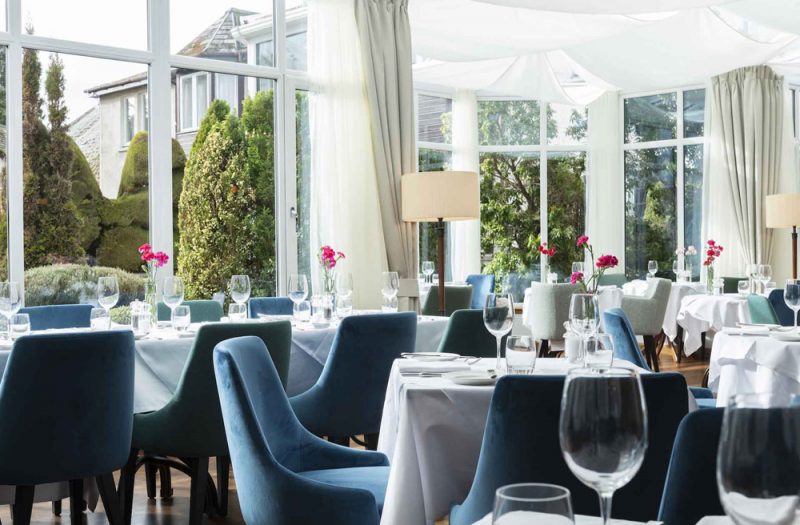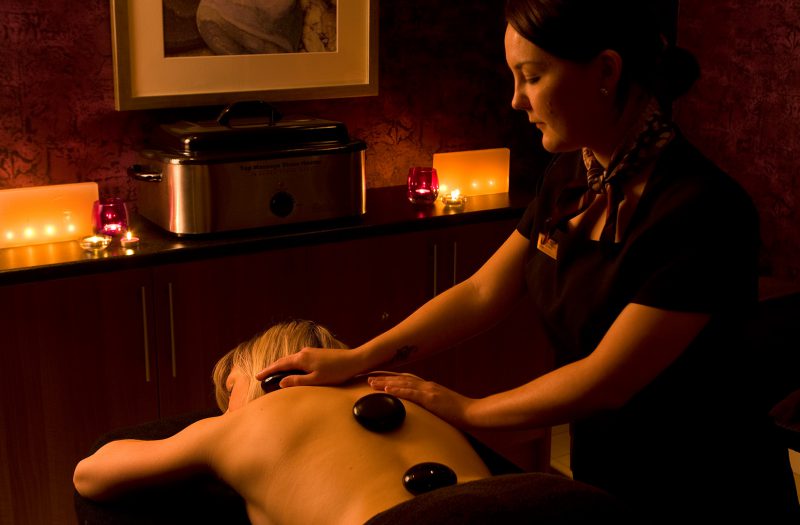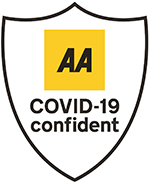Interesting Inverness Facts
10 Facts about Inverness, Scotland
Scotland is rich with history, majestic landscapes and a bustling city life. So, there’s very little wonder that this glorious location has often been voted the most beautiful country in the world. And if you’ve been thinking about planning a trip to the Highlands, then you might want to know some interesting facts about Inverness and Loch Ness …
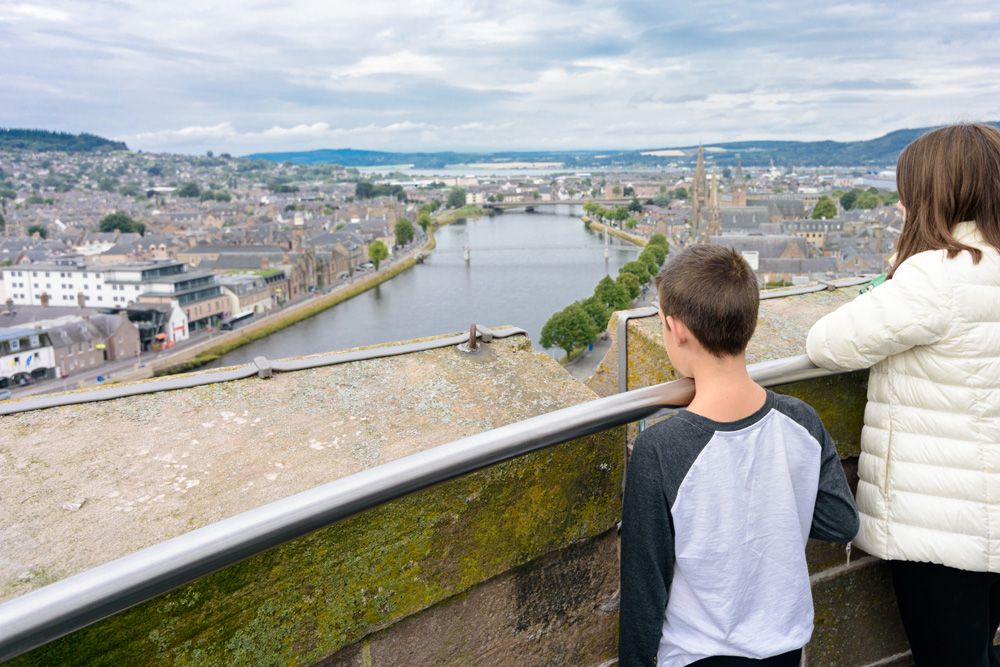
1. It’s all ancient history
There have been settlers in this region since at least the 6th century. First ruled by an ancient tribe called the Picts.
2. Named after a Pictish goddess
The name Inverness comes from the Scottish Gaelic “Inbhir Nis”, which means “Mouth of the River Ness”. The word “Ness”, which also gives its name to Loch Ness, is of Pictish origin, coming from the river goddess “Nessa”. Legend has it that that Dark Beira, mother of the gods, transformed Nessa into the River Ness. This was a punishment for running away from her duties, so she was forced to run forever in the water. However, she broke free of the river, forming the waters of Loch Ness. It is said that every year, on the anniversary of her transformation, Nessa appears from the loch, singing a sad and beautiful song.
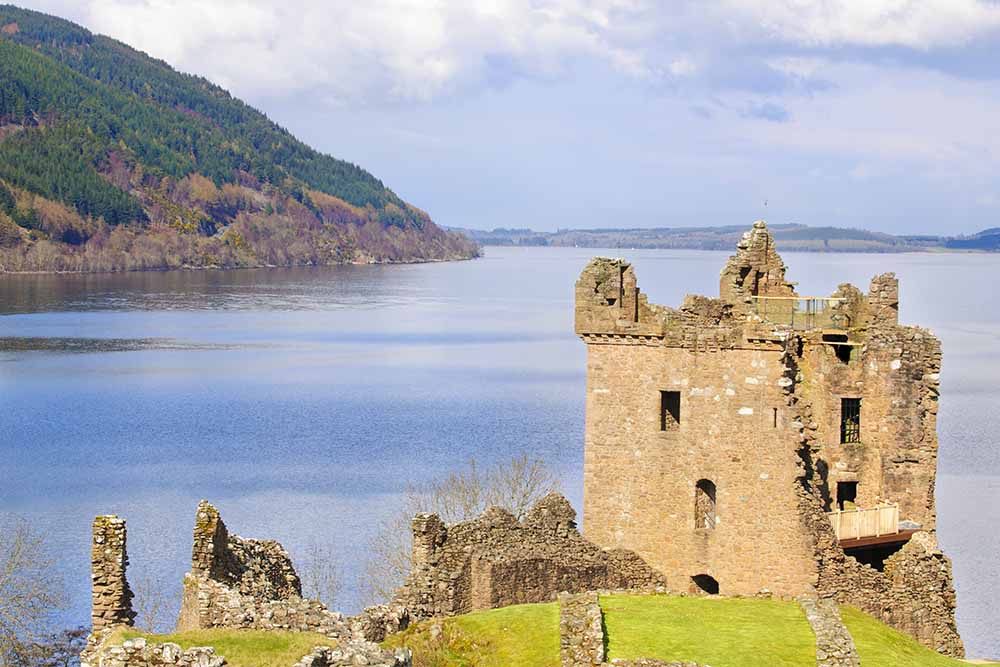
3. Monster myths and legends
The river goddess Nessa, and the origins of the River Ness and Loch Ness are only the start. Of course, you’ve heard the tale of the Loch Ness Monster, the beast that is said to lurk in the depths of the loch. But there are many more great myths and legends of the Inverness area. Read our myths and legends blog for more stories, such as the Mermaid of Kessock, the Fiddlers of Tomnahurich and the Ghosts of Culloden.
4. Lies on the Great Glen Fault
Inverness is the most northerly city in the UK. It lies on the Great Glen Fault, a fault line which stretches across Scotland from Inverness to Fort William. It is known as a strike-slip fault, where the rocks on each side of the line move in opposite directions. This makes it a site of great geological interest.
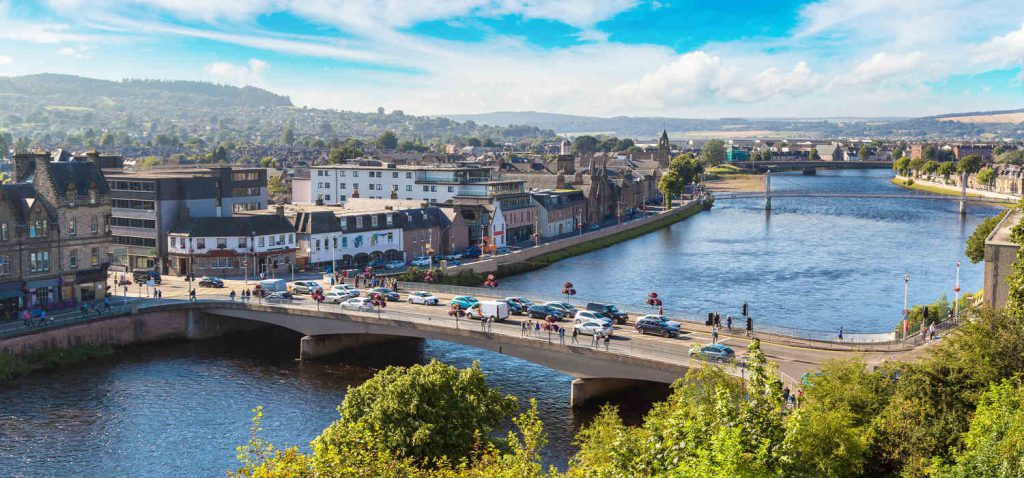
5. Loch Ness is Britain’s largest lake by volume
“Loch” is the Scottish word for “lake”. And this lake is not only one of the most famous. It’s also one of the largest. Loch Ness is the largest lake by water volume, containing almost double the water of all the lakes in England and Wales put together! This is due to its great depth of up to 230 metres.
6. Featured in Shakespeare’s Macbeth
In Shakespeare’s play Macbeth, Inverness Castle was the site where Macbeth murdered King Duncan. The castle features a few times in the play and is where Macbeth’s descent into madness begins. Interesting! Today you can visit the castle and climb the viewing platform for spectacular city views. And, in the summer, the pipe band practice on the castle lawns in the evening.
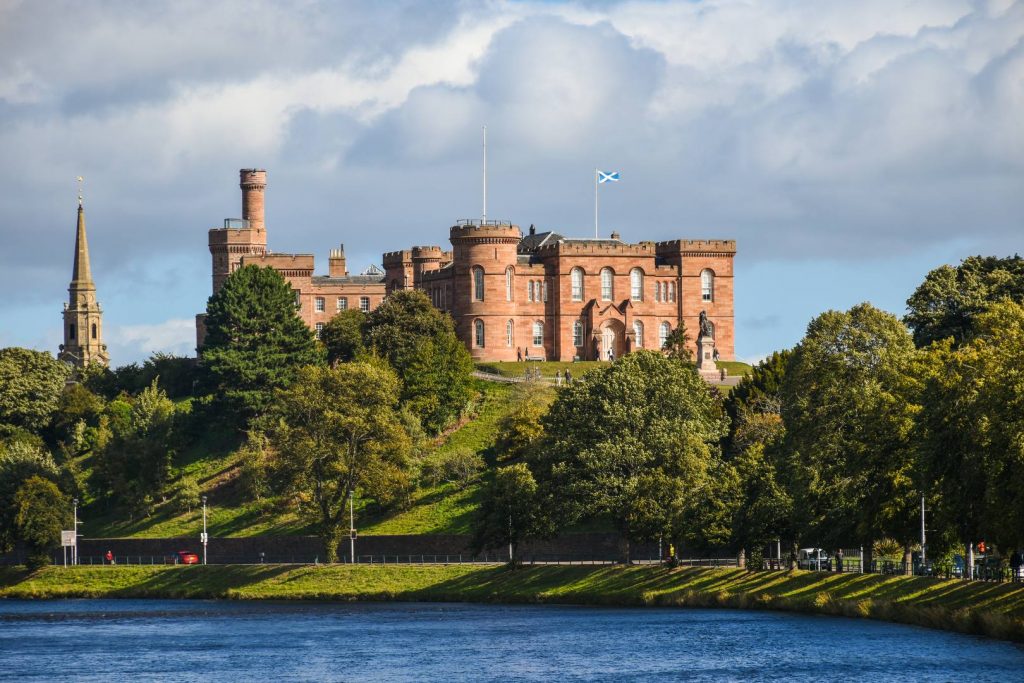
7. There was once a war over cheese
Did you know that there was once an entire battle fought over cheese in Inverness? The story goes that back in 1668, a gentleman named Finlay Dhu knocked some cheese into the River Ness and refused to pay for it. As a result, an almighty battle broke out throughout the entire town, resulting in a number of bloody murders. So, before you pinch that last slice of cheddar, you might want to think twice in Inverness.
8. Inverness has three twins
Inverness is twinned with Augsburg in Germany, as well as La Baule and Saint-Valery-en-Caux in France. The first twinning with Ausberg took place in 1956, as a way of promoting good will between Britain and Germany after World War Two. Then Inverness was twinned with La Baule in 1981, due to connections between the two town councils. Finally, Saint-Valery-en-Caux became a twin town in 1987, which stemmed from the way the two towns had supported each other during WW2. There is even an Inverness Town Twinning Commitee, which encourages friendship and understanding between the people of Inverness and its linked towns, co-ordinating visits between them.
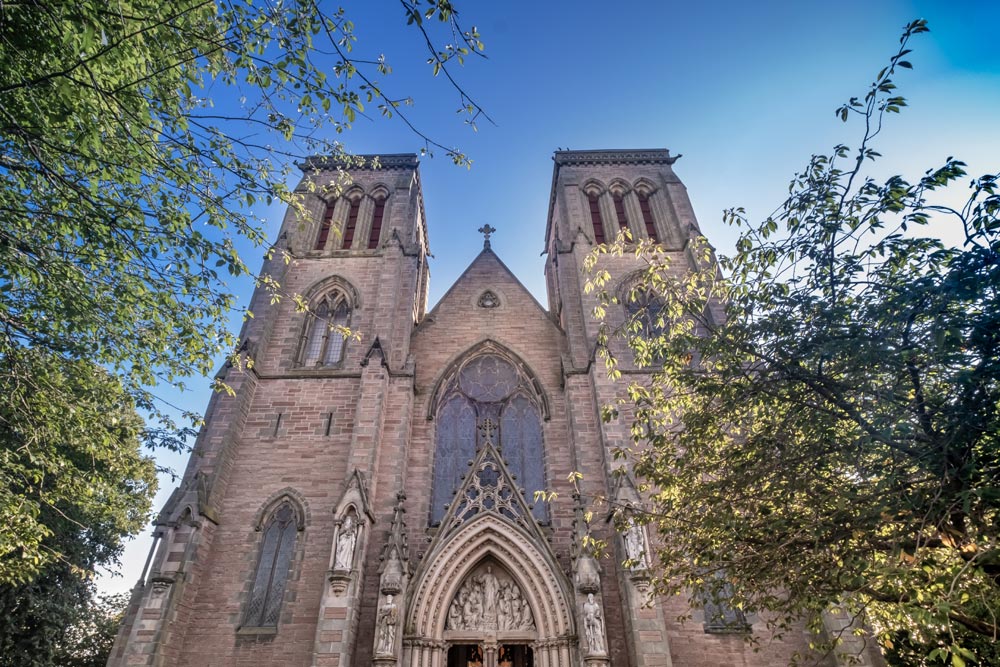
9. It’s a Millennium City
In the UK, official city status must be granted by the monarch. Simply having a cathedral or a university is not enough. And so Inverness was not officially a city until the year 2000. When it was granted city status by the Queen as part of the UK’s millennium celebrations, along with Wolverhampton and Brighton & Hove, in England.
10. Gateway to the Highlands
Inverness is a popular city for tourists. With all the amenities of the city, while sitting right on the doorstep of the magnificent and wild Scottish Highlands. There are many wonderful attractions around Inverness and Loch Ness, making it a fantastic holiday destination. So, why not come along and visit for yourself? We’d love to welcome you to the Kingsmills Hotel! Take a look at our special offers and book your Scottish adventure in Inverness today.

 Car Charging
Car Charging